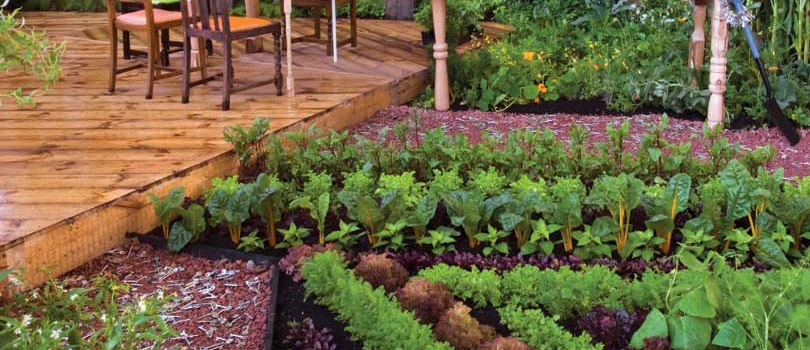
The land of monsoon, Kerala, has rains during good part of a year. And if you are a person who loves gardening, monsoon is the best time to do all your digging and planting. Its during monsoon that lawns get water-clogged or even moldy which might be heartbreaking for the ones who love their garden. Take full advantage of the season and let your plants take the pleasure of nourishment. So plant some trees and shrubs and don't forget to prepare the existing plants too, during this rainy season.
Home gardens are great stress relievers if its attended with love and care. Monsoon is the most favorable season for plants to grow fast and bloom in to glory, however its also the time when plants need special attention too. Here's how you can protect your garden during rains
Proper Drainage
Avoiding water logging and ensuring proper drainage are the two major concerns during monsoon season. Water logging is caused when water is in excess than the absorption capacity of soil and can lead to damage of plants. Proper drainage of water is important as stagnant water can lead to loose roots leading to rotting of stems. In additional to plant damage, water clogging in garden can also lead to growth of mosquitoes too.
Watering and shading plants
Monsoon is the time when plants need least amount of watering. However, if you feel that your plants need to be watered use sprinklers and water the plants only during early mornings or late evenings. Indoor plants can be kept under natural sprinklers (that is 'rain') , as it ensures uniform availability of water to the plant and to the leaves.
Due to risk of erosion of fertile top soil in the garden, its a common practice to use plastic sheets on top of plants to prevent plant and soil from damage. If you do so, it's advisable to use perforated sheets that allow rain water to reach plants as sprinkler.
Pruning
Pruning of plants is important in every season, however when done prior and during monsoon season, it aids plant growth and budding of flowers. It ensures that enough air and sunlight reaches the plant or tree and also the plants that grow under its shade. There are numerous ways of pruning, depending up on the type of plant. For flowering plants, the steam or head of withering plants are cut off to ensure formation of new flowering bud. Grass needs to be chopped off as it grows very quickly.
Weeds, Pests and Fungus
Weeds, pests and fungus are some of the threats that a garden faces during monsoon. The best way to get rid of these threats and at the same time nourish the soil is by using organic fertilizers. It is a common practice to use nitrogen-rich fertilizers, however avoid excessive use of chemical fertilizers as it can damage the soil. Frogs and toads keep away insects, so allow them to be part of your garden.
Other tips to keep in mind for a healthy garden during monsoon:
Most ideal plants for monsoon are bulbs, rajniganda and other sporadic flowering plants, so add them to your garden .
Earthworms are best friends of a garden, as it helps in aerating and nitrating the soil, so don't get rid of them
While planting new saplings, ensure the plants can adjust to high moisture of monsoon, else grow them sheltered.
If leaves turn yellowish, add manure or cotton seed on top of soil and keep it moist.
Its advisable to loosen the soil with a shovel before planting a new sapling, as loose soil is great for growing plants.
Pesticides should be applied immediately after fresh shoots appear after pruning.
